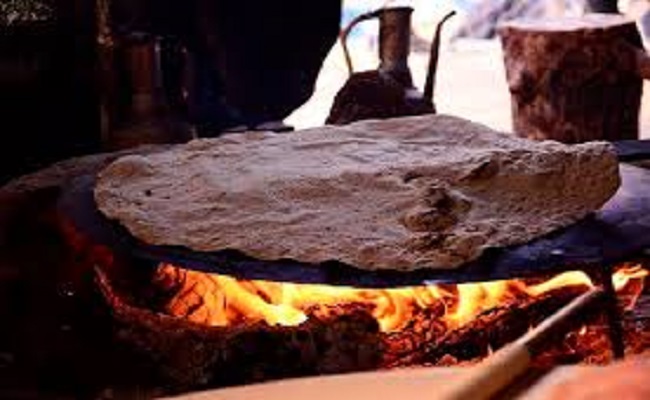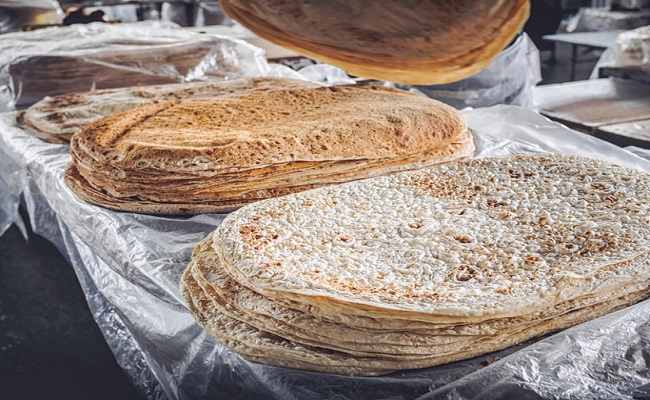Lavash
Nowruz
August 26, 2019Radif of Iranian music
August 26, 2019Lavash
Lavash is a delicious unleavened flatbread traditionally baked in a tandoor, common to many countries and regions such as Armenia, Turkey, Iraq, Iran, Azerbaijan, and the entire Middle East, the bread of the most widespread in all of Transcaucasia, West Asia, and the countries surrounding the Caspian Sea.
Some experts claim that the origin of lavash is in Armenia, while others claim that it probably originated in Iran, or more vaguely, in the Middle East. This bread is a thin, soft pancake made from flour, salt, and water, traditionally rolled, flattened, and then struck against the hot walls of a terracotta oven in the shape of a jar buried in the ground (tandoor). Its preparation is easy. After thirty seconds to a minute, the baked bread is pulled from the tandoor wall. Lavash is commonly served rolled around local cheeses, greens or meats, and can be preserved for up to six months.

This traditional bread can be square, rectangular, circular, or oval and traditionally has to be lowered very thin, as thin as a millimeter. Lavash was recognized in November 2014 as a UNESCO cultural heritage. It was inscribed on UNESCO’s list of Intangible Cultural Heritage as an “expression of Armenian culture”.
Protests took place in Turkey, Azerbaijan, Iran, Kyrgyzstan, and Kazakhstan, all claiming lavash to be regional bread and not Armenian bread.
In 2014, Iranian officials declared following these demonstrations that “the fact that Armenia wants to inscribe lavash on the list of the Intangible Cultural Heritage of UNESCO does not mean that Iran can not also do it”.The making of lavash in communities in Azerbaijan, Iran, Kazakhstan, Kyrgyzstan, and Turkey was also on the list.

